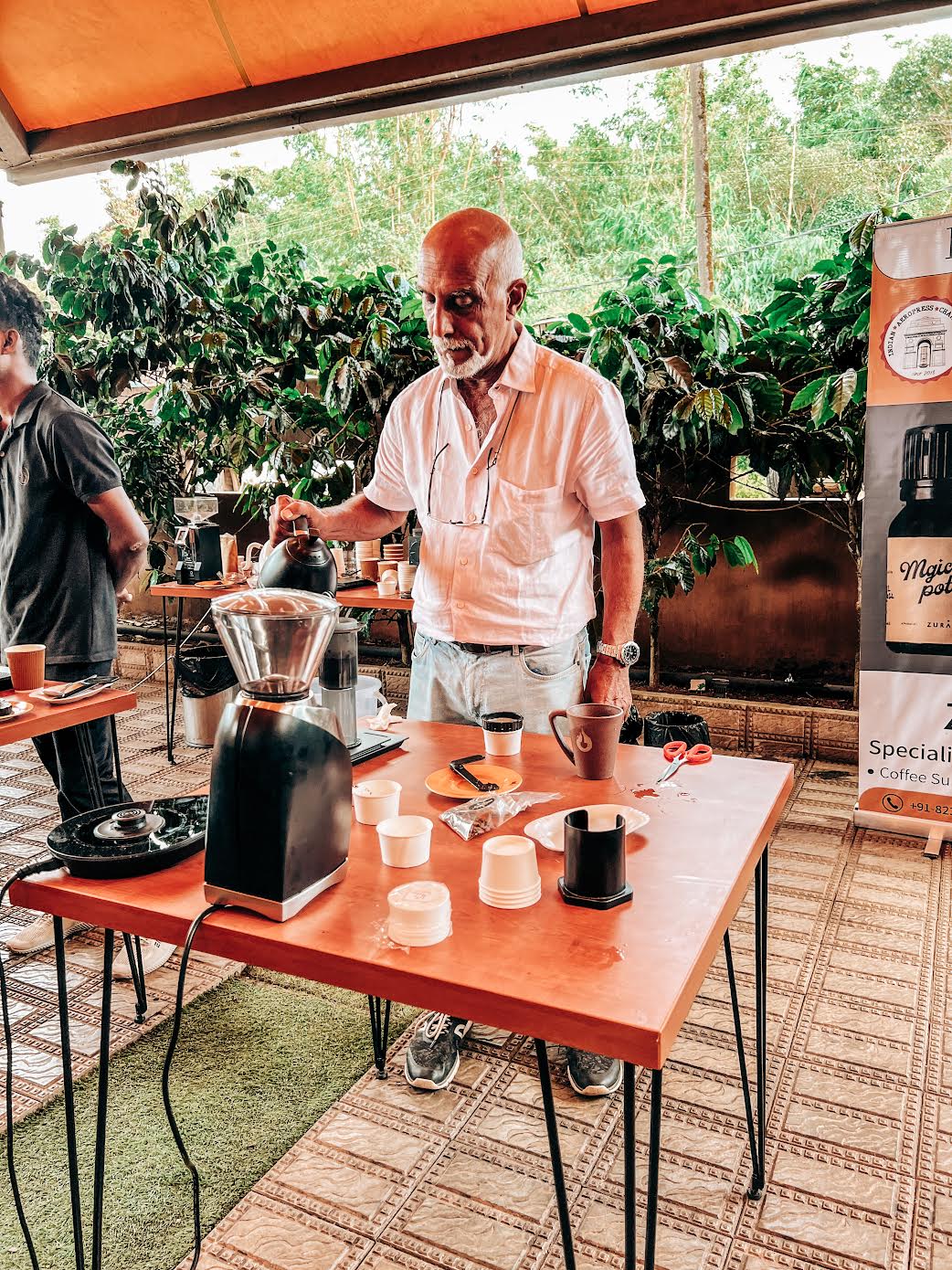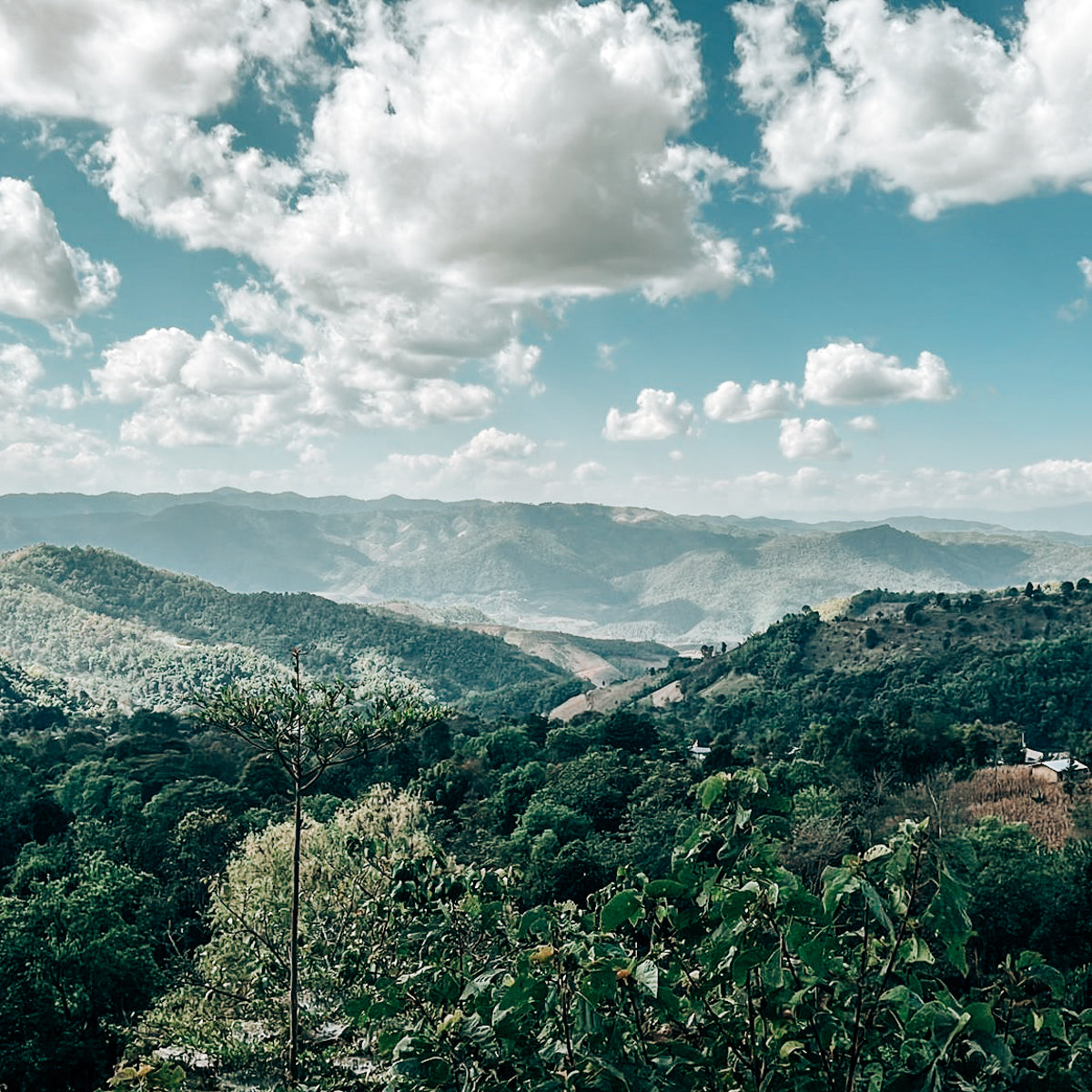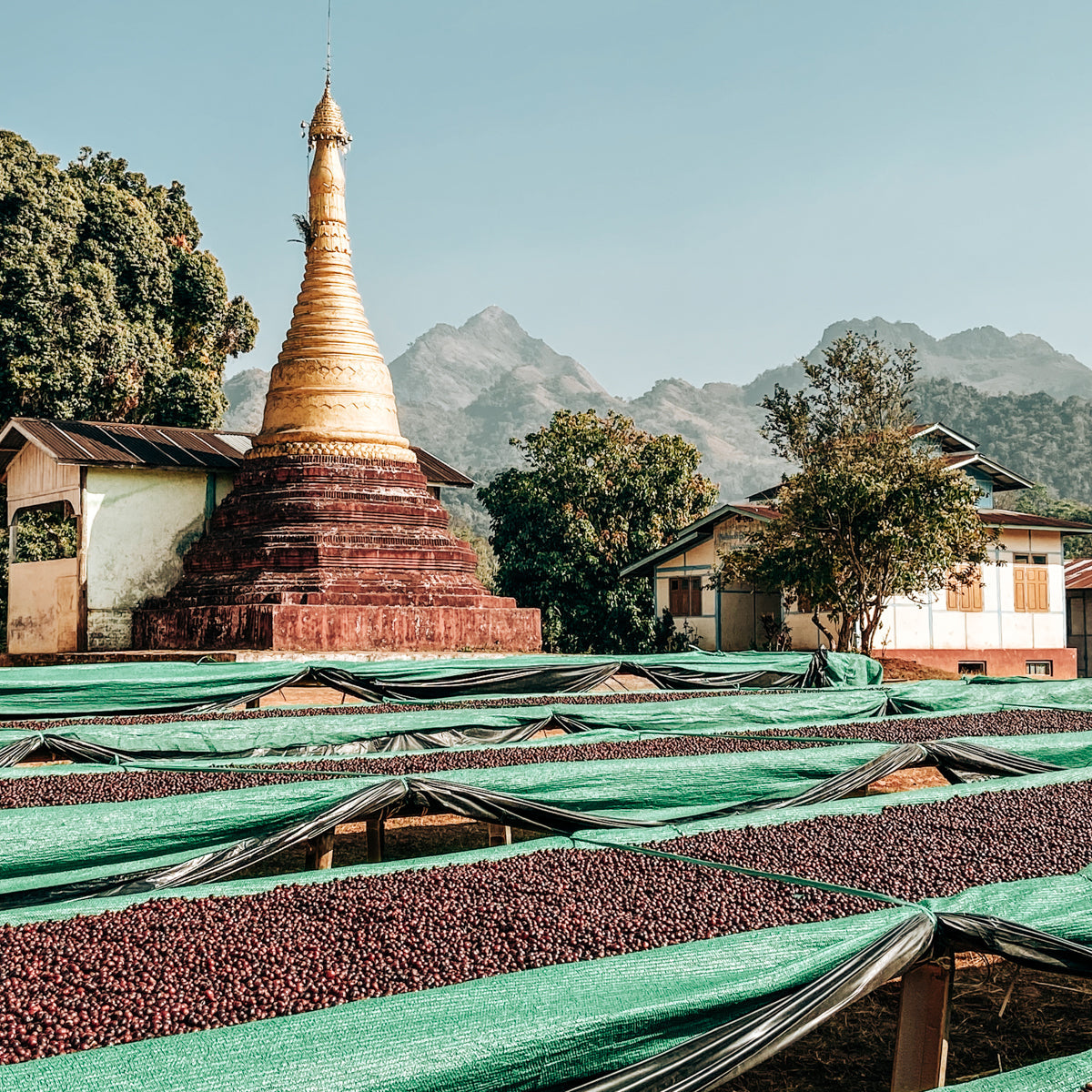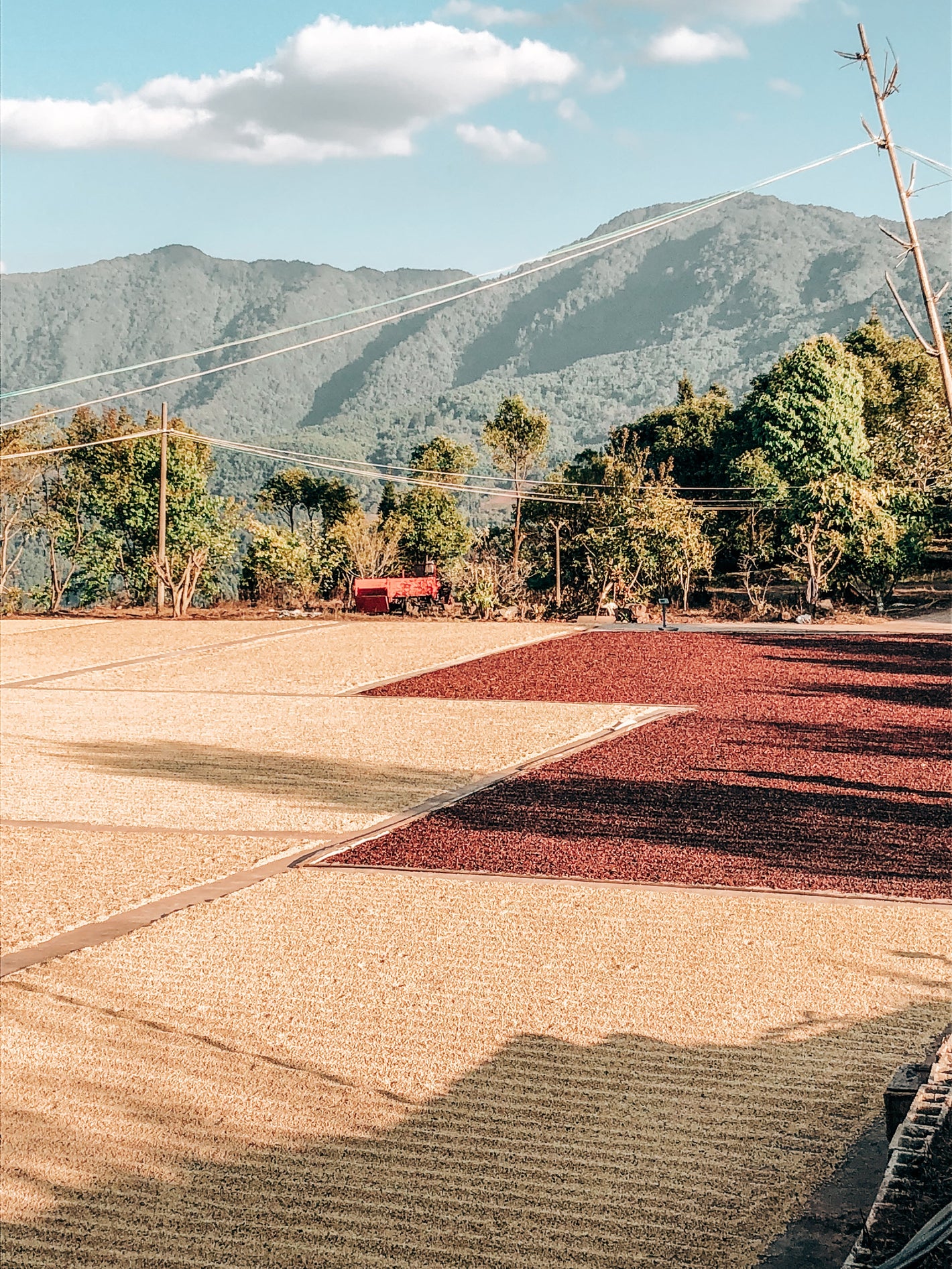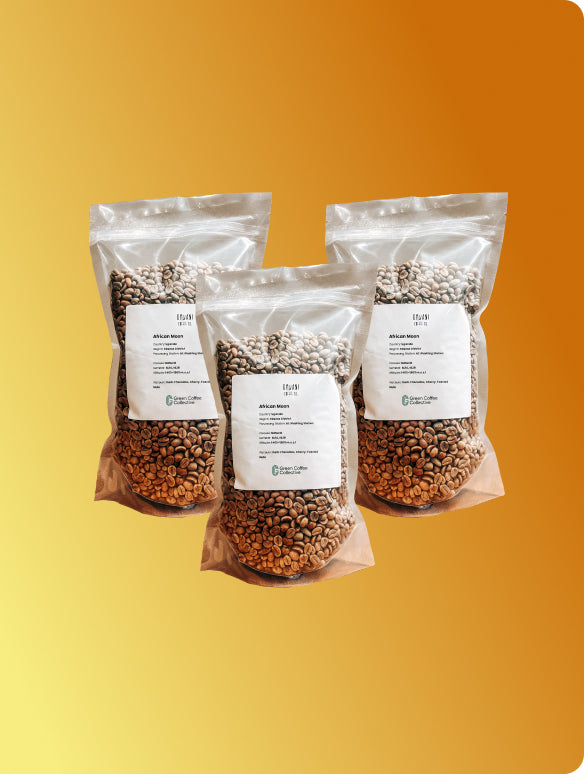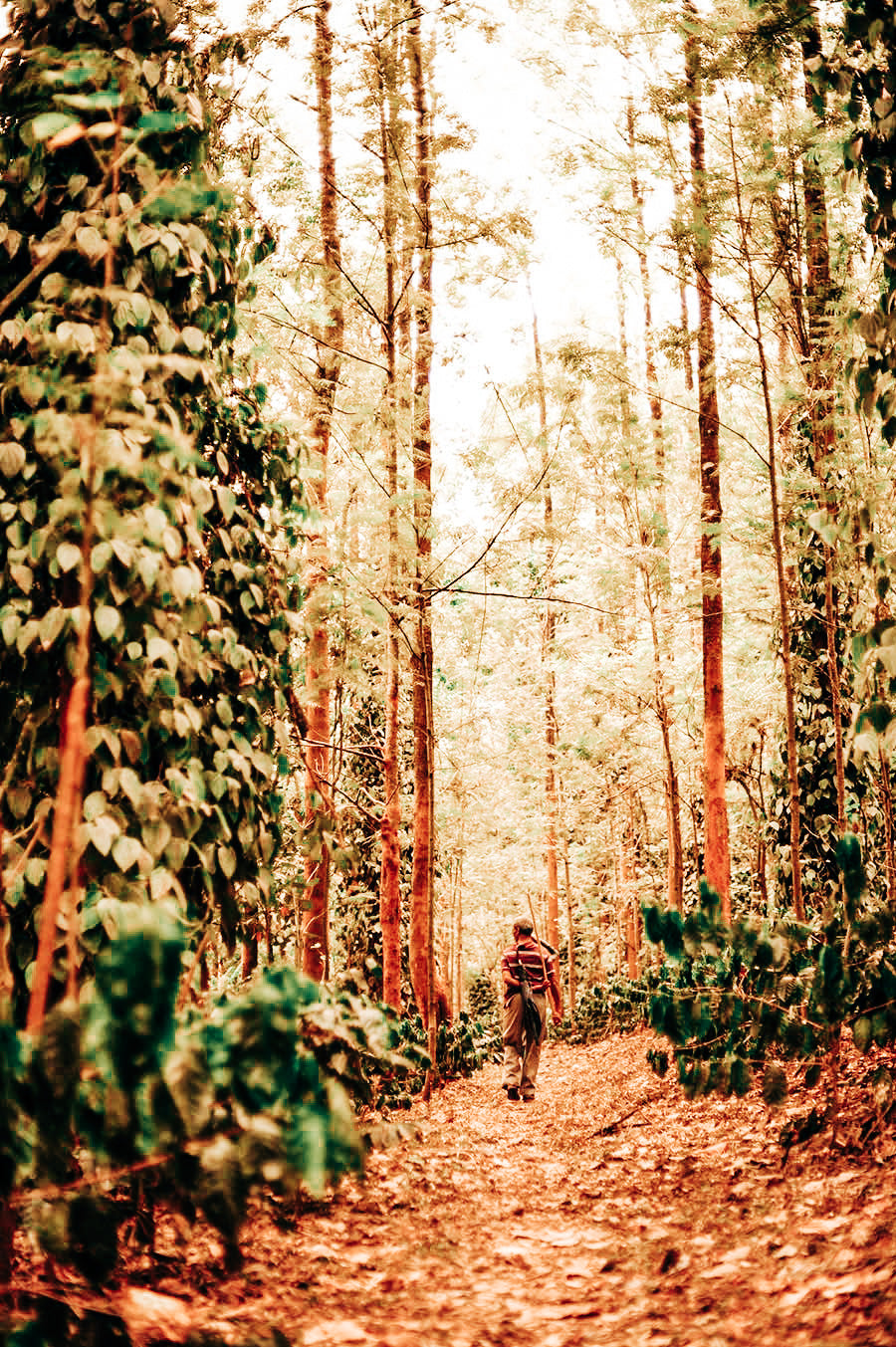
Indian Green Coffee Beans
Discover the exceptional flavours of Indian green coffee beans, celebrated for their earthy, spicy, and chocolatey notes, sourced sustainably from regions like Karnataka, Tamil Nadu, and Kerala. Perfect for speciality roasters and home roasters, our collection offers wholesale sizes for bulk purchasing and smaller sizes ideal for sampling.
-
Craigmore Kattimuttu - Robusta - Honey Sundried
Processing methodVarietalRobustaMain flavour notesBold | Nutty | ChocolateOut of Stock
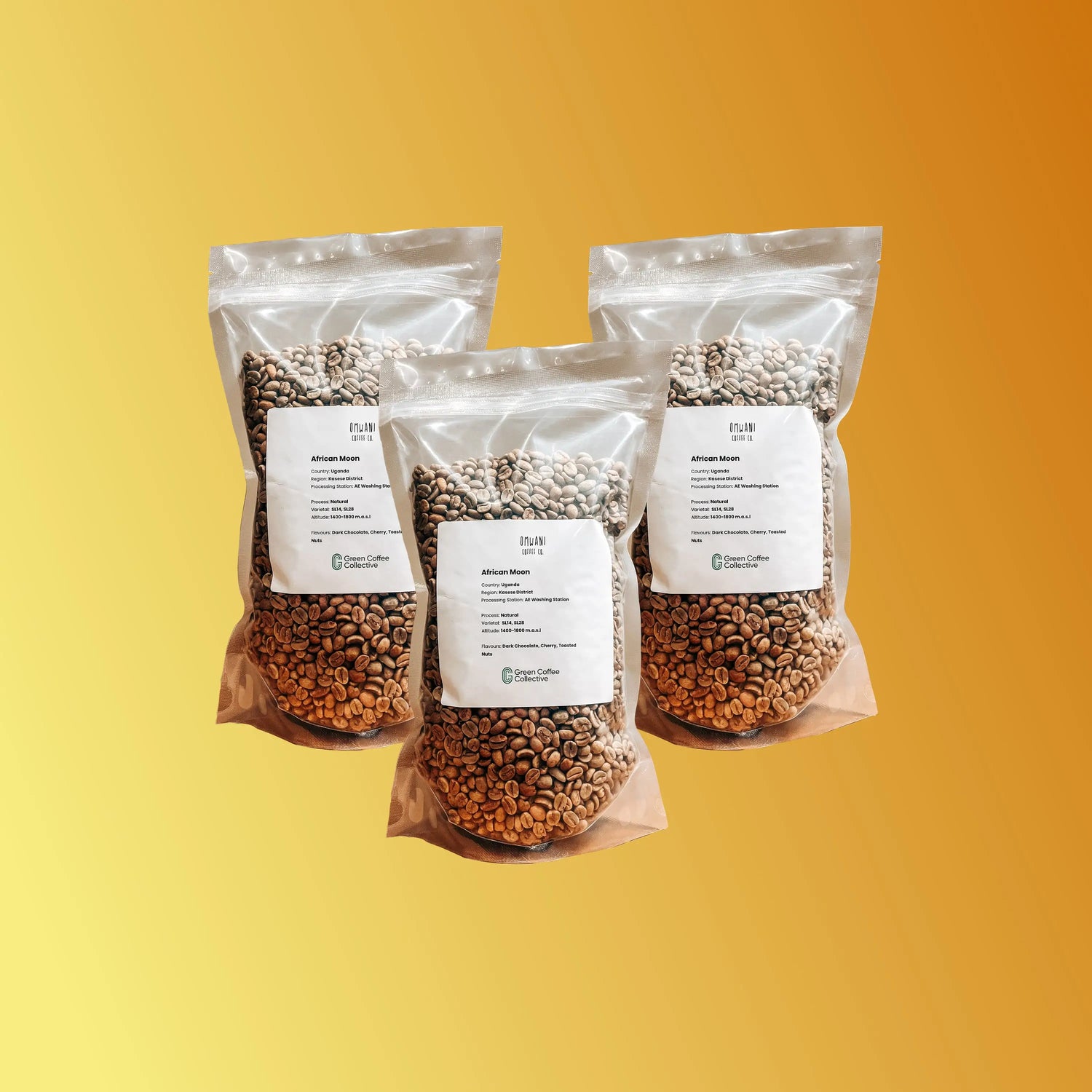
Your guide to Indian Green Coffee Beans
-
What makes Indian coffee special?
-
Which region in India has the best coffee?
-
What are the varietals of coffee grown in India?
-
How do we secure partnerships with Indian Farmers?
-
Discover the Unique Potential of India Green Coffee Beans
-
Why India Green Coffee Beans Are Renowned Worldwide
-
Why Roasters Love India Green Coffee Beans
-
Flavor Profile & Cupping Notes
-
Coffee-Growing Regions of India
-
Varietals & Species
-
Harvest Seasons & Availability
-
Processing Methods in India
-
Notable Varieties of India Green Coffee Beans
-
Usage & Versatility of India Green Coffee Beans
-
Best Brewing Methods for India Green Coffee Beans
-
Quality Standards for Green Coffee Beans in India
-
Sourcing & Traceability
-
Buy 100% High-Quality India Green Coffee Beans

